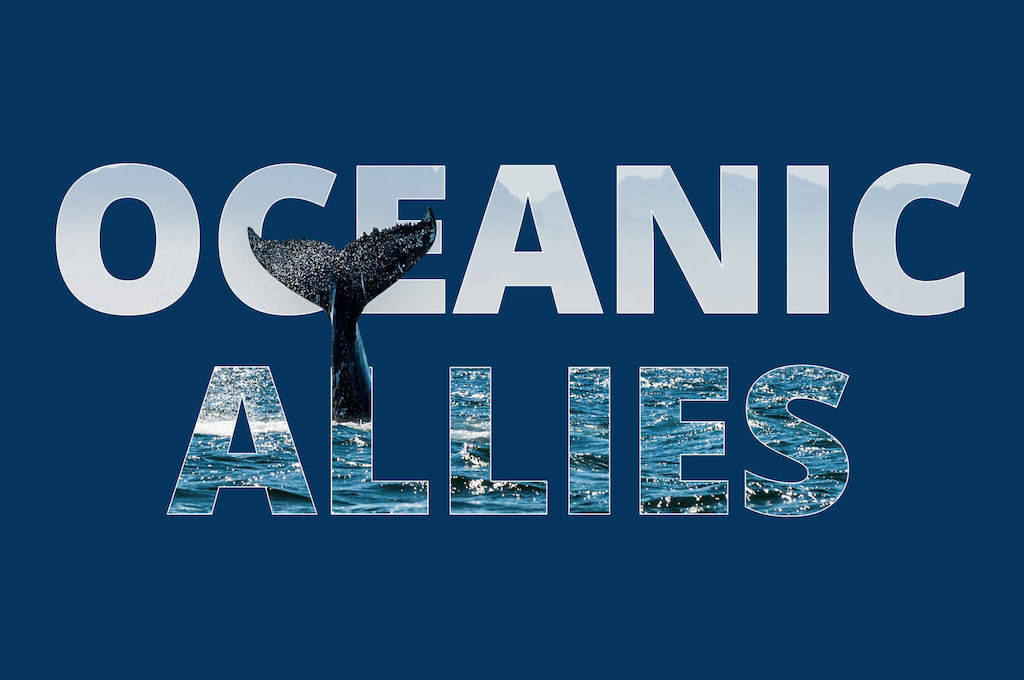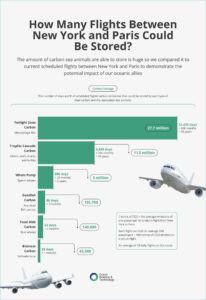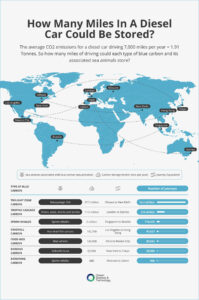
Connect with Leading Marine Technology Innovators
Discover cutting-edge solutions from leading global suppliers
We all know of climate change – temperature records are frequently broken year after year, and weather patterns are becoming increasingly unpredictable. We need to do our part to protect the environment, whether it’s using reusable water bottles or recycling as much as possible.
What if we told you that sea creatures such as tuna, turtles, and whales are crucial allies in the battle against climate change? These marine animals help capture and store carbon, playing a vital role in protecting our planet. While we often associate trees and plants with carbon capture in the form of CO2 absorbed during photosynthesis, you’ve likely never considered the role of marine life.
Our research reveals a startling truth: all life forms in our seas play a key role in protecting the environment, capturing as much carbon as thousands of square kilometres of forest.
What is Blue Carbon?
A beginners’ guide to blue carbon

Blue carbon is a relatively new term, used to describe the carbon that is moved, captured and stored by plant, fish, and animal life in our oceans and coastal areas. We can sub-categorise blue carbon by looking at different animals that help the ocean:
- Trophic cascade carbon – Animals like otters, seals, sharks, and turtles keep herbivore populations in check, allowing plant life to thrive.
- Biomixing carbon – Sperm whales stir up nutrients, bringing them to the phytoplankton at the surface.
- Bony fish carbonate – Bony fish raise the PH of the oceans by excreting calcium carbonate, helping negate the effect of acidification.
- Whale pump – Whales feed at the bottom of the ocean and defecate at the top, bringing nutrients to the surface plants.
- Twilight zone carbon – Mesopelagic fish do the opposite – feeding on the surface at night and then releasing carbon in deeper waters during the day.
- Food web carbon – Fish are continuously eating and repackaging carbon, releasing faecal pellets that can end up on the ocean floor.
- Great whale conveyor belt – Whales move nutrients, nitrogen, and carbon around as they move between feeding and breeding grounds.
- Biomass carbon – Carbon is naturally stored in living creatures – the bigger they are, the more carbon they store.
- Deadfall carbon – When marine animals die and sink to the sea bed, their carbon can be stored in the marine sediment.
Carbon Comparison
Some animals collect carbon the size of countries?
Let’s establish some context on why exactly marine animals are such important carbon collectors.
Let’s take sperm whales as an example. Sperm whales are commonly associated with a process known as whale pump, where they feed in deep parts of the ocean and come closer to the surface to excrete carbon and nutrient-rich faecal matter. This in itself stores carbon, and sperm whales are responsible for storing approximately 600 return flights worth of CO2 emissions if you were to fly from New York to Paris.

The carbon storage journey doesn’t stop there as the faecal matter from the sperm whales feeds the phytoplankton, which, in turn, stores carbon. All in all, this process alone can store up to 2 million metric tons per year – the equivalent of a forest the size of Taiwan in a lifetime.
When otters, seals, sharks, and turtles feed on herbivores, they allow the plant life to flourish and absorb carbon, too. This process equates to the same carbon capture as a forest over 400,000 square kilometres – nearly the size of Iraq.
The Biggest Carbon Collectors
Which animals collect the most?
Not all marine carbon collectors have the same impact, so which animals help the environment the most? For many, it comes down to size. Larger animals like otters, seals, sharks, and whales play more of a role simply because they’re bigger and can hold and move more carbon than smaller creatures.

We shouldn’t let these animals take all the credit though, as the biggest carbon collectors are the mesopelagic fish, who reside in the “twilight” zone, an area of the sea where light doesn’t reach. Every year, these fish store 27.7 million metric tons of carbon, the equivalent of 484,129 square kilometres of forest. These fish swim up to feed in the night and then transport tons of carbon back down to the depths of the ocean, where it can be secreted and stored.
As you can see, marine animals are doing amazing work, often without any of us appreciating the positive impact they are having on our environment.
Methodology
Blue carbon research was conducted via GRID-Arendal, to identify different types of carbon and the animals which fell underneath each category. The USDA website was used to gather forest size statistics, while Statista and Eden Seven were used to finish figures on diesel emissions, flights, and smartphone data. Boeing and FlightsFrom were used for air travel-related comparisons.












